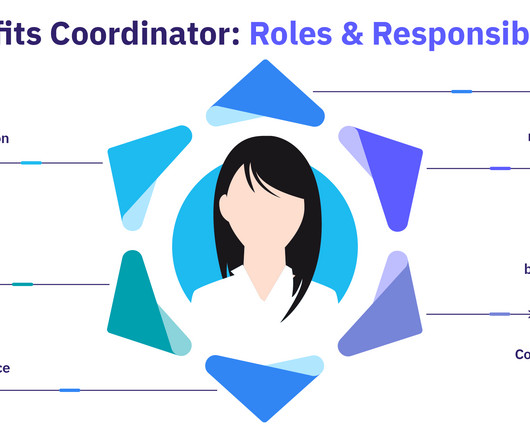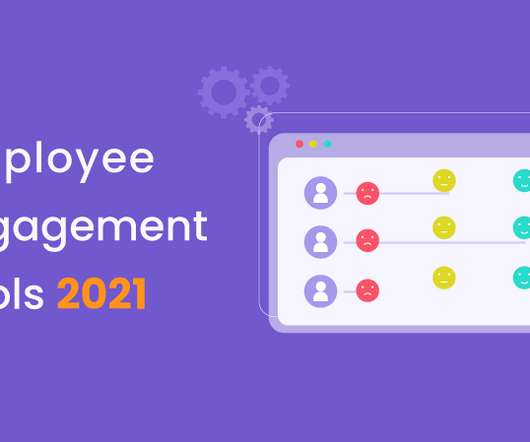The Dynamic Organization: 6 keys for success in the post-industrial economy
HRExecutive
SEPTEMBER 12, 2023
In our ever-evolving world—with the rapid evolution of AI, acute talent and skills shortages, and widespread industry convergence—businesses are grappling with a unique set of challenges. Our initial hypothesis was that talent mobility, career progression and employee development played central roles in organizational agility.
















Let's personalize your content